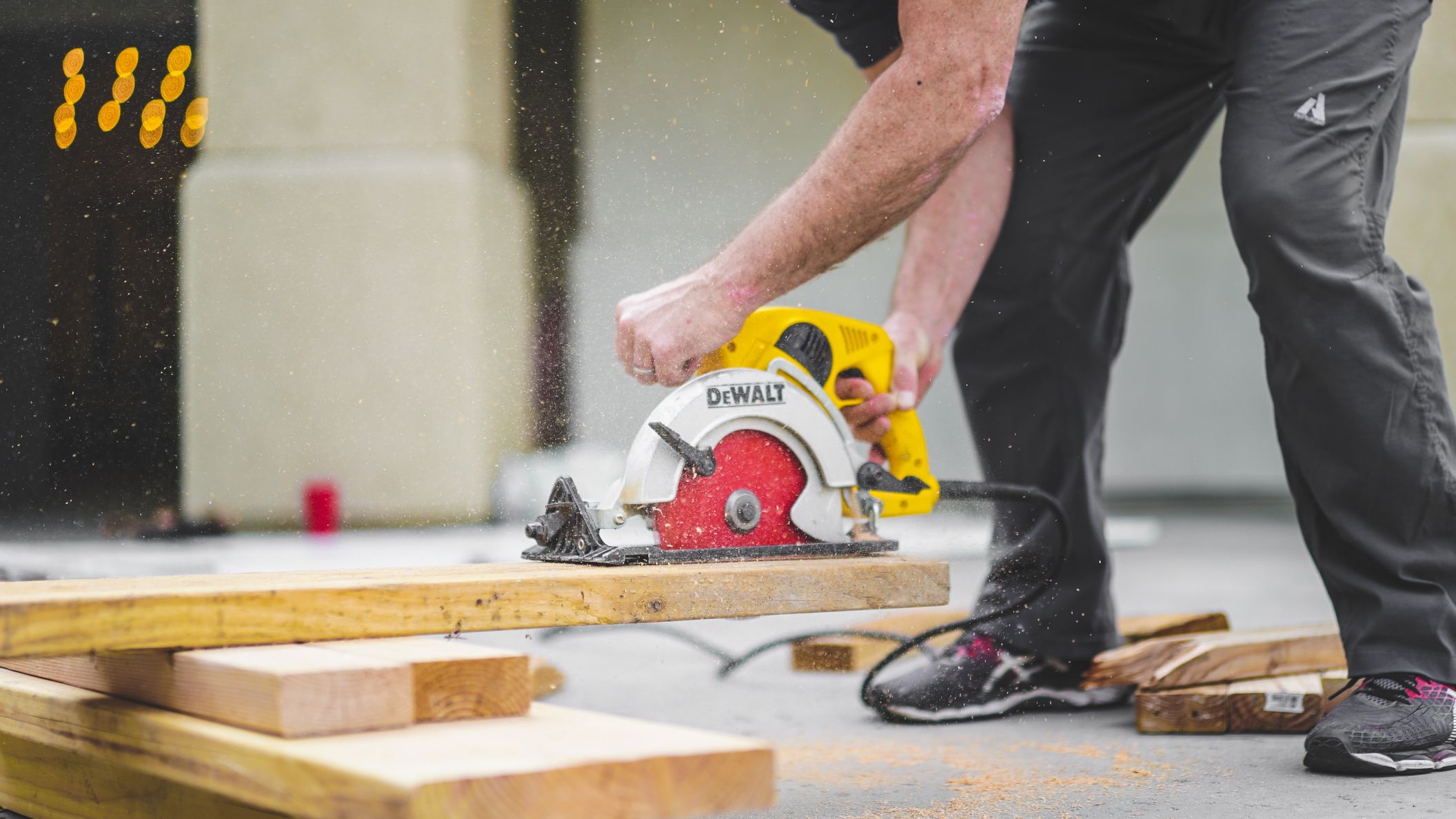5 Cheap Construction Materials That Will Guarantee Quality

Building a home, regardless of size, is becoming increasingly expensive, due not only to rising real estate prices but also to rising building material costs. When it comes to building, most people think of more traditional construction materials like wood, concrete, and bricks.
However, by being creative with the materials you choose, you can choose the cheapest materials to help reduce the cost of building your new home. When researching how to build a cheap house, consider alternative materials for the entire structure or for individual parts. We’ve compiled a list of the most common types of materials that can be used to construct inexpensive homes.
Some of these materials could be considered for your new home. It all depends on where you live, the type of climate you have, and the building codes in your area. Many of these alternatives are not only less expensive, but also more environmentally friendly.
Here are some examples:
Reclaimed Wood
Reclaimed wood is both economical and environmentally friendly, and it’s ideal for a variety of DIY projects such as furniture, decks, fences, shiplap, and even flooring. Most reclaimed wood has a rustic, weathered appearance that appeals to lovers of cottage or beach house styles. But with a thorough sanding and a coat of paint or wood stain, you can give the wood a more contemporary appearance. Reclaimed wood can be purchased per square foot, the pricing depends on the quality and type of wood.
Bamboo
Bamboo is an excellent building material because it is inexpensive, lightweight, and extremely strong. Bamboo is nowadays used in residential construction as a framing material as well as a flooring material. It is said to be two to three times stronger than steel and can withstand typhoons, earthquakes, and floods. It has the potential to be an affordable and earthquake-proof building material.
Architects and builders all over the world have recognized bamboo materials and are participating in promising technological innovations in bamboo home construction. Traditional bamboo homes built securely can last thirty to thirty-five years even without these new innovations. While bamboo is durable and sustainable, it is also healthier than many other building materials, particularly those with off-gassing sealants and adhesives.
Stone Veneer
Do you like the look of natural stone as a building material but are put off by its weight or cost? Then there’s stone veneer, which is essentially a thin sheet of real or manufactured stone installed over another surface, such as wood, masonry, or concrete. Stone veneer can be used to cover any interior or exterior wall, including fireplace surrounds and retaining walls.
The price range is wide because stone veneer panels come in a variety of shapes and sizes, but on average, the material comes cheap, especially in bulk.
Plywood
While technically unappealing, its collection of glued-together sheets of wood veneer—plywood is a formidable material: each layer is alternated 90 degrees to increase durability, and an odd number of layers reduces warping. It also looks nice and is inexpensive, making it a good choice for designing built-ins and shelving without the high cost of a finer grain.
Metal Sheets
Corrugated metal sheeting is capable of much more than amplifying the pitter-patter of rain on the roof. These large sheets of wavy metal can be used to cover interior walls, add modern flair to the sides of a kitchen counter, form the walls of a backyard shed or urban chicken coop, or even cover a ceiling in today’s version of traditional pressed tin tiles. Keep in mind that if you use metal sheeting outside, a rust patina will form on the metal unless it is sealed.
Key Takeaway
The first step in selecting low-cost building materials is to select inexpensive building materials. This also contributes to the principle of sustainable design. A building’s life cycle is divided into three stages: pre-construction, construction, and post-construction. Each stage of construction should be designed to save energy. These three stages represent the flow of building materials through various stages of a building.
The pre-building stage is primarily comprised of manufacturing, which is further subdivided into processing, packing, and transportation. The construction phase consists primarily of construction, operation, and maintenance, with disposal being the final stage where materials can be recycled or reused.